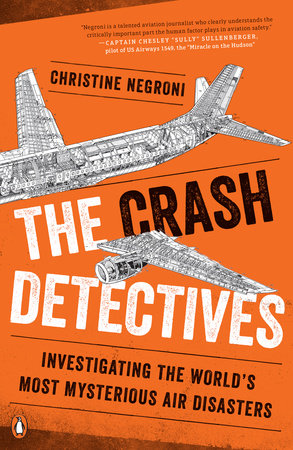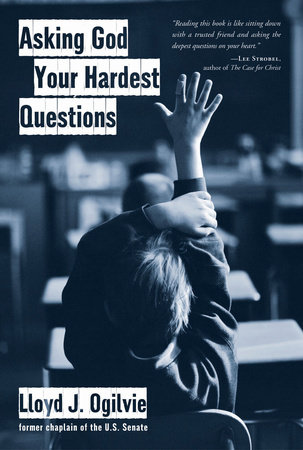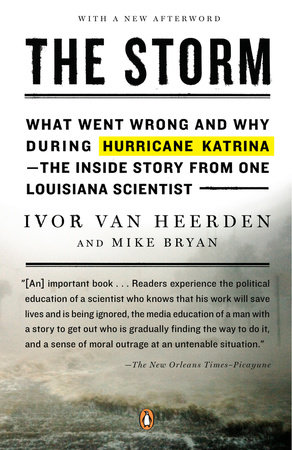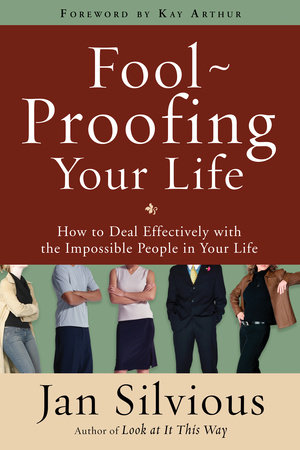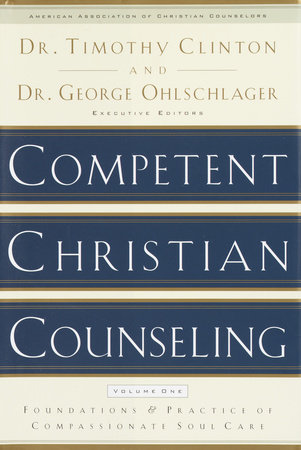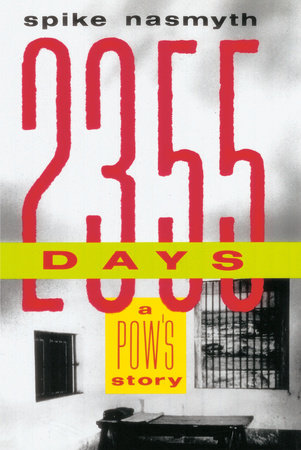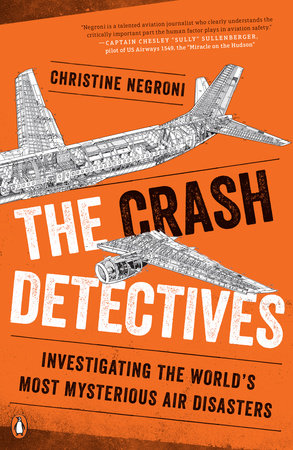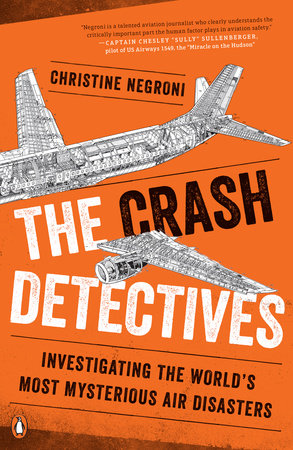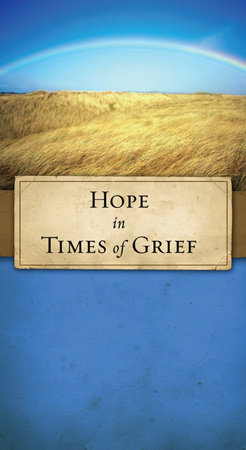Author Q&A
Q: From the Amelia Earhart’s disappearance over the Pacific Ocean in 1937 to Malaysian Airlines flight 370, which virtually vanished without a trace in 2014, aviation crashes and accidents make worldwide headlines and dominate the news when they occur. Why do plane crashes capture people’s imaginations so fiercely?
A: As my friend and colleague at ABC News Bob Woodruff said, air accidents are compelling because they involve ordinary people going about their business, trying to get from one place to the other—in short, all of us—and I think that’s key.
For people who travel a lot, there’s a “there but for the grace of God” reaction, and for people who fear flying, air accidents reaffirm a basic distrust of the physics of flight. One misconception that feeds fascination with air disasters is that planes defy laws of nature. They don’t, of course; planes work within natural law even though it’s hard to comprehend.
Q: For over fifteen years you have covered aviation, as both a journalist and a crash investigator. Have you always had an interest in flying? How did you first get involved in covering plane crashes?
A: When I was young, my parents used to take my siblings and me to Miami International Airport and we would sit by the fence at the runway and watch the planes take off and land. In college I had a boyfriend who was a student pilot and he would take me flying. Now he flies the big jets for American. But I didn’t really pay too much attention to commercial aviation until I covered the crash of TWA Flight 800 as a correspondent for CNN in 1996. Learning about how investigations are conducted and the interaction of machine, human, and nature was fascinating to me.
Q: Having reported on and investigated crashes for so long, what was the most surprising thing you uncovered while researching the book?
A: In my career reporting on investigations and actually performing them myself when I worked for an aviation law firm, the thing that surprised me the most was that there is often manipulation by the various parties examining the evidence. People will interfere in the process for political or commercial reasons and sometimes out of simple embarrassment. Because investigations are highly complex, it’s easy to bamboozle. For many generations, air accident investigators simply shut the public out, with those in charge saying it was all too complicated for laypeople to understand.
One of the most positive developments I’ve seen is crowdsourcing of expertise. We saw it with Malaysia 370 in which technical information about satellite technology was being discussed by the company providing the airline with satellite services. Theories and calculations were analyzed and challenged by outsiders. Some of those contributors have seen their analyses become part of the official record.
Q: While investigating crashes, you apply Occam’s razor, a principle that suggests if there are many possible explanations for something, the simplest is the most likely. Yet conspiracy theories have surrounded some of aviation’s most notorious crashes, like TWA flight 800 and Malaysian Airlines flight 370. Can conspiracy theories ever play a positive role in understanding crashes or are they usually quickly dismissed by investigators?
A: It is interesting to review the conspiracy theories associated with TWA Flight 800 and Malaysia 370 (both of which I happened to write books about, by the way). In both cases the conspiracies are absurdly intricate, relying on weird coincidences and foreknowledge and numbers of people keeping secrets about really big, scary stuff. This is why I talk about Occam’s razor and the likelihood of simplicity. I also value precedent as relevant factor in seemingly inexplicable events. So while I dismiss the alternative scenarios put forward in MH 370 and TWA 800, I absolutely see a value in skepticism.
As I write in the section of my book devoted to alternative theories, skepticism can serve an important and positive role. I focus on half a dozen air disasters that very likely were caused by something other than what investigators claimed in the final report.
It is common for the general public to think of “blame” when an accident happens, and this is what the media focuses on for the most part. As a result, a lot of entities become defensive. In truth, air accidents never have one cause but are the result of a chain of events, none of which separately would lead to disaster but which lead there inexorably when combined.
Q: In The Crash Detectives, you shine light on manufacturer or airline negligence that led to crashes and government cover-ups that sought to hide this negligence. How have these moments shaped today’s aviation industry and how can we keep airlines and manufacturers in check?
A: It is important to recognize that whether it’s manufacturers and airlines or pilots and mechanics, most entities don’t intend to be negligent. Still, experience brings a level of confidence that can sometimes lead to hubris, and commercial pressures can result in an inability to make dispassionate judgments.
Government regulators stand between aviation’s commercial interests and political pressures and the best interests of the consumer. That the public has so much access to information these days is a positive development. Manufacturers and airlines know they are always in the spotlight and answerable to their customers. The downside is that too often the public gets obsessed with little things, bag fees or weather delays, and they pay insufficient attention to issues that should concern them.
For example, in an attempt to increase revenue, airlines and plane manufacturers are beginning to make seats even narrower in order to squeeze one more passenger in each row. There are real questions about just how safe it is to load up even smaller seats (with even bigger people), both for the personal health of passengers and for the effects of this larger number of people on their ability to quickly exit the plane in case of an emergency. We hear all the time about how uncomfortable these new smaller seats are, but outside of industry publications, the safety implications haven’t been examined.
Q: What are some of the biggest misconceptions about plane crashes?
A: The biggest misconception is that in an air accident, everybody will die. I’ve even heard airline executives say this. In fact, the vast majority of accidents are survivable, as many as 95% according to a study done by the National Transportation Safety Board a few years ago.
These survivable events don’t make the evening news, but unhappy landings with survivors happen far more often than ones that kill everyone on board. Advances in cabin safety, seatbelts, seats that can withstand 16 G loads, exit signage, flight attendant training, fire arresting and smoke inhibiting materials, and more make it even more likely that even when a flight goes bad, the people on board will survive.
The problem with people believing air crashes are not survivable is that it removes them from responsibility for their own safety. In a number of accidents in which passengers survived the landing but died subsequently, a factor known as “negative panic” took hold. Unprepared for the situation and unaware what to do, the passengers simply did nothing. The lesson there is to listen to the flight attendants when they do the safety briefing, look around for the nearest exit, put on the oxygen mask if it should be needed and “man up.” Passengers who are passive in a crisis are more likely to be dead passengers.
Q: After researching the book and investigating crashes firsthand, what incident has fascinated you the most and why?
A: The crash of Helios Flight 522 remains one of the most intriguing accidents I’ve written about. In this 2005 disaster, the pilots appear to have failed to set the pressurization when they took off from Cyprus, and when the cabin altitude exceeded ten thousand feet, they were already so mentally handicapped by a lack of oxygen that they could not bring the plane back to a safe altitude.
The plane continued to climb on autopilot, flying all the way to Athens but leaving all but one person unconscious or dead. A flight attendant had the presence of mind to don an oxygen mask, and he lived—he even entered the cockpit and tried to fly the plane, but it was too late. The Boeing 737 ran out of fuel and crashed.
This disaster fascinates me because I believe a similar scenario is responsible for the disappearance of Malaysia 370. In much the same way, the pilots, or maybe just one pilot if the second was out of the cockpit at the time, mishandled a loss of cabin pressurization. But in this case, the plane was at a much higher and more dangerous altitude. The plane flew on with no one in command until it finally ran out of fuel in the Indian Ocean.
As I say frequently, there’s no such thing as a new accident. Malaysia 370 wasn’t unprecedented in that it wasn’t the first airliner to go missing. And Helios wasn’t the last airliner to be lost due to loss of oxygen incapacitating the pilots. The fascinating story of Helios is a precursor and a key to the mystery of Malaysia 370.
Q: In The Crash Detectives you write about the role of automation and how it makes flying safer but can also contribute to new kinds of accidents. How do you envision the future of aviation? Do you think we’ll rely less on pilots and more on technology?
A: One of the most famous airliner captains, Chesley Sullenberger of the Miracle on the Hudson flight, put it best when he told me that automation solves problems and creates others. We see this in two very different ways. There are pilots who are confounded by the increasing levels of sophistication of modern jetliners that are less like machines and more like computer systems. Then there are pilots who grow reliant on the plane’s ability to handle much of the workload and allow their flying proficiency to dull.
In the future I think we will continue to see conflict in the interface between human and computer as we move toward completely automated flight. I think millennials might see that in their lifetimes.
Q: Human error contributes to many accidents, yet there is no substitute for experience as we saw in the Sullenberger flight. How important is the human in aviation safety?
A: As long as humans are designing the machines and the software and participating in the aviation system as pilots, air controllers, mechanics, and other roles, errors will occur. It’s the nature of humans to fail. However, as I report in The Crash Detectives, it is also the resilient nature of humans that lets us improvise, think creatively, and step in and save the day. Computers can’t do that, so I believe we will always be locked into this Sisyphean battle between where humans fail and where we achieve.
